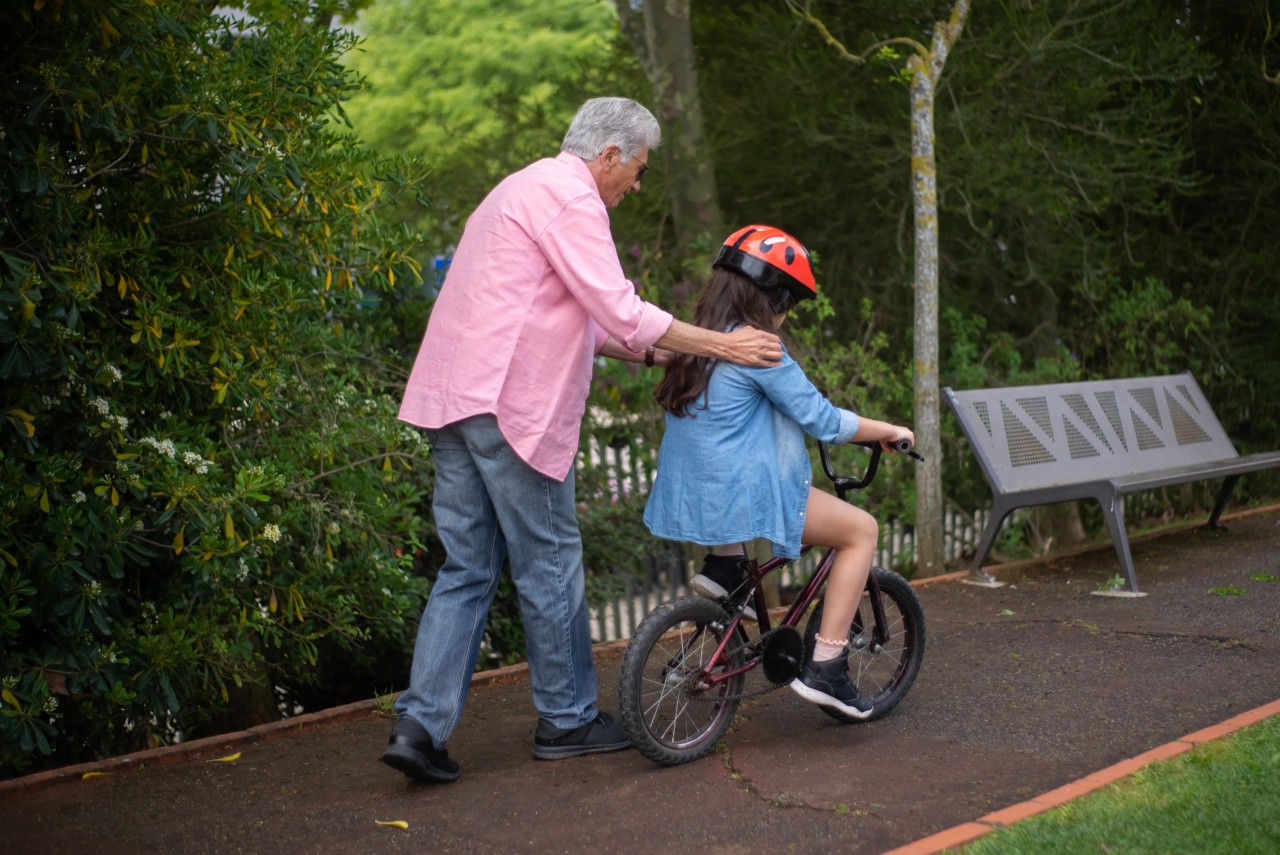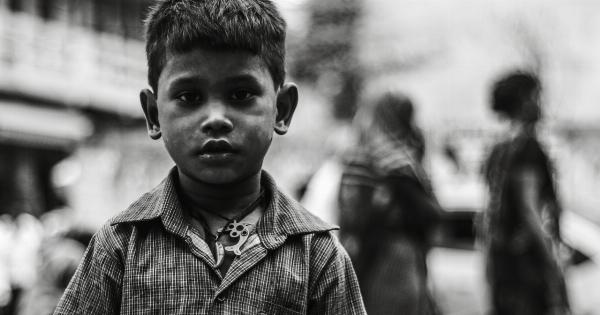Children are curious and naturally inclined to explore their surroundings. However, this curiosity can expose them to various age-related safety risks.
As children grow and develop, it is crucial for parents and caregivers to be aware of these potential dangers and take appropriate measures to ensure their safety. This article explores some of the most common age-related safety risks for kids and provides insights into how to mitigate them.
1. Choking Hazards
Infants and toddlers have a tendency to put objects in their mouths, which increases the risk of choking. Small toys, coins, buttons, and food items such as grapes, nuts, and popcorn can pose a serious choking hazard.
Parents and caregivers should always be vigilant and keep small objects out of reach, and ensure that food is cut into appropriate sizes to minimize the risk of choking.
2. Falls
Children of all ages are prone to falls, but the risk is especially high for toddlers who are just learning to walk or climb. Unsecured furniture, stairs, playgrounds, and uneven surfaces can result in serious injuries.
It is essential to childproof the house, install safety gates near stairs, secure furniture to walls to prevent tipping, and supervise outdoor play to reduce the risk of falls.
3. Burns and Scalds
Young children often have limited understanding of the dangers associated with hot objects, liquids, and appliances. They may accidentally touch hot stovetops, grab hot beverages, or come into contact with curling irons or other heated devices.
Adults should always supervise young children around heat sources, keep them away from hot appliances, and ensure that hot liquids are stored out of reach. Setting water heaters below 120°F (49°C) can prevent scalding incidents.
4. Drowning
Children are naturally attracted to water, and even a small amount can be a significant drowning risk. Unsupervised access to swimming pools, bathtubs, buckets, and other bodies of water can lead to tragic consequences.
Parents and caregivers should ensure that children are always supervised around water, install barriers around pools, empty buckets or containers of water when not in use, and provide swimming lessons to older children to develop water safety skills.
5. Poisoning
Young children tend to explore their environment by putting things in their mouths, increasing the risk of accidental poisoning. Common culprits include household cleaning products, medications, pesticides, and even certain plants.
It is crucial to store toxic substances out of reach or in locked cabinets, use child-resistant caps on medications, and educate children about the dangers of consuming unknown substances.
6. Road Safety
As children grow older and start venturing outside, road safety becomes a significant concern. Lack of awareness about traffic rules, impulsiveness, and difficulty judging vehicle speeds can make children vulnerable to accidents.
Parents should teach and reinforce road safety rules, ensure children wear appropriate safety gear when cycling or skateboarding, and supervise them near roads until they are old enough to understand and handle traffic safely.
7. Strangulation
Loose cords, strings, and window blind cords can pose a strangulation risk for young children. Toddlers may become entangled in these cords, leading to serious injuries or even death.
Parents and caregivers should keep cords out of children’s reach and use cordless window coverings or cord cleats to secure cords and prevent strangulation hazards.
8. Electrical Injuries
Young children are naturally curious about electrical outlets and appliances, which can lead to potential electrical injuries.
Inserting objects into outlets, playing with electrical cords, or pouring liquids on electrical devices can result in electric shocks or burns. It is important to use outlet covers or safety plugs, secure cords out of reach, and teach children about electrical safety to minimize the risk of electrical injuries.
9. Sports Injuries
Participation in sports activities can provide numerous benefits for children but also comes with the risk of injuries. Lack of protective gear, inadequate adult supervision, and improper technique can increase the likelihood of sports-related injuries.
Parents should ensure that children wear appropriate safety equipment, receive proper training, and play in a supervised environment to prevent common sports injuries such as sprains, fractures, and concussions.
10. Strangers and Online Safety
As children grow older, they become more independent and may come into contact with strangers or face online safety risks. Teach children about “stranger danger” and the importance of not talking to or going with unknown individuals.
Additionally, educate older children about online safety, including the risks of sharing personal information, interacting with strangers on social media, or falling victim to cyberbullying or online predators.
Conclusion
By being aware of the age-related safety risks for kids and taking necessary precautions, parents and caregivers can help create a safer environment for children to grow, explore, and thrive.
Regular supervision, childproofing the home, teaching safety rules, and providing appropriate safety equipment go a long way in mitigating these risks and ensuring the well-being of our children.






























